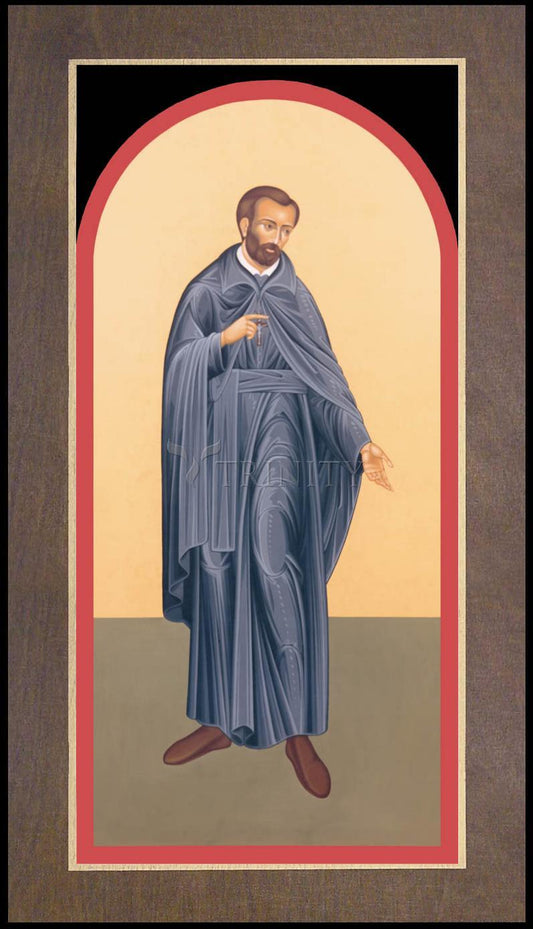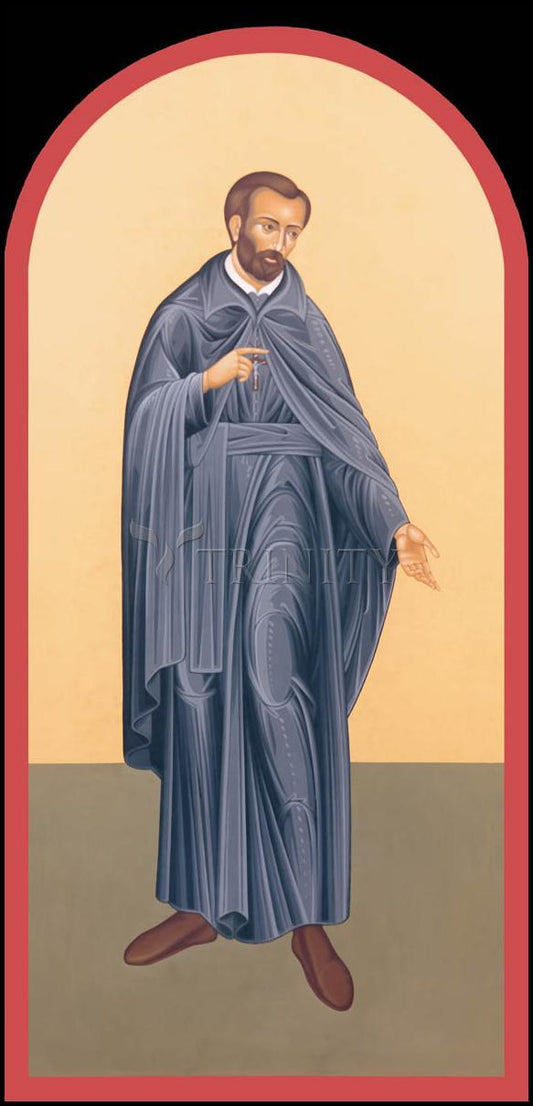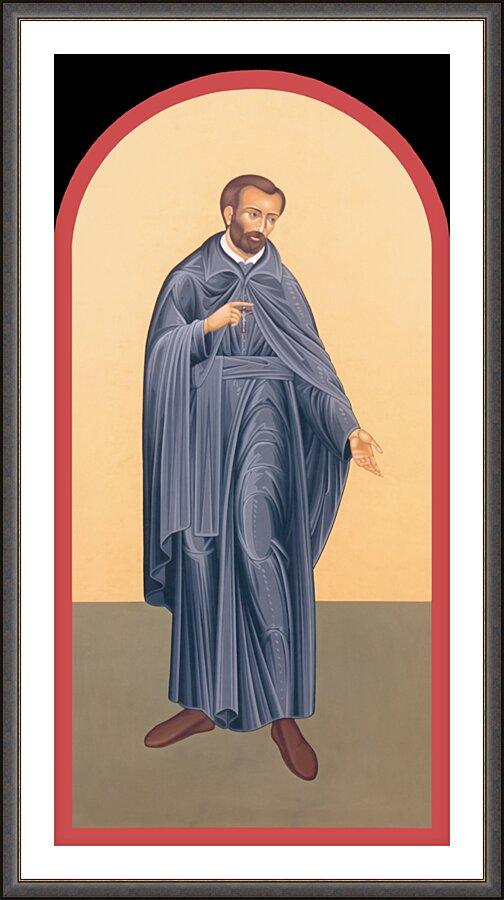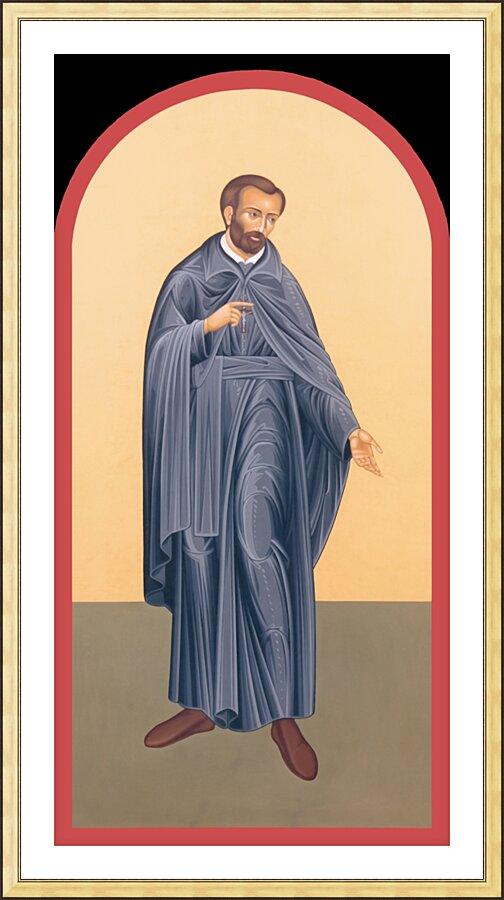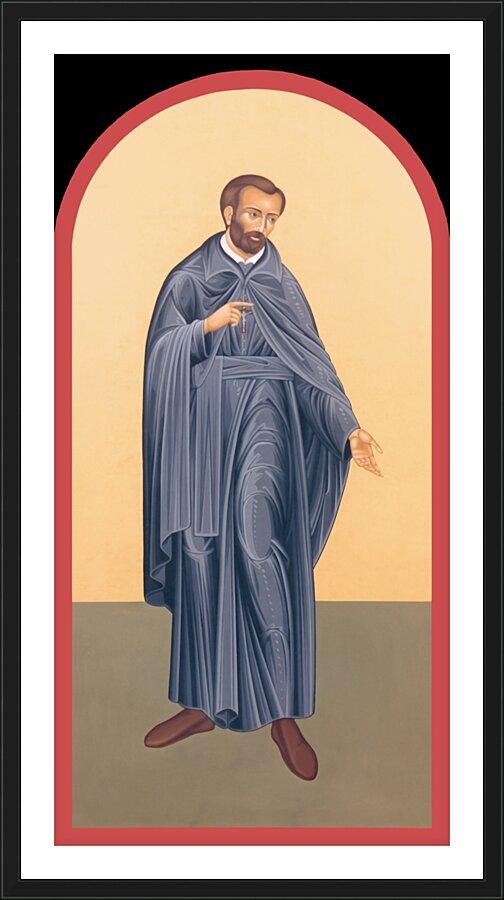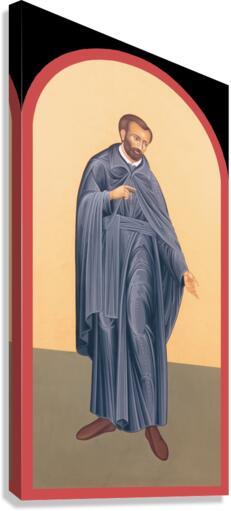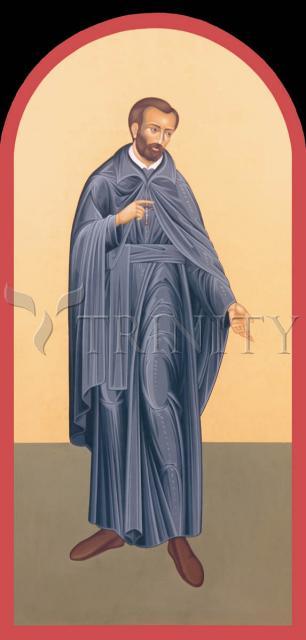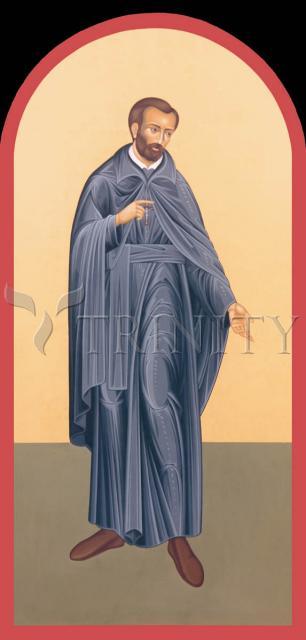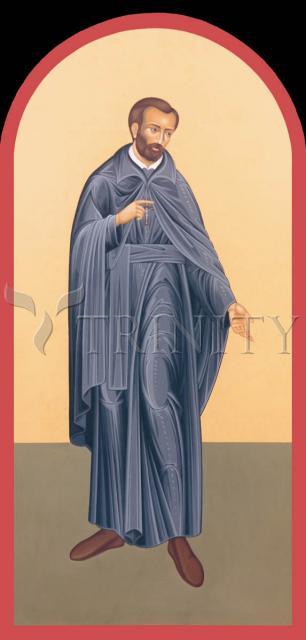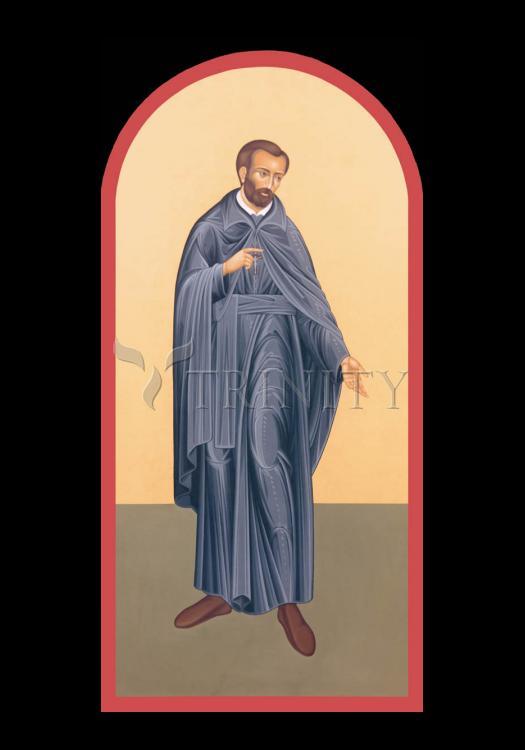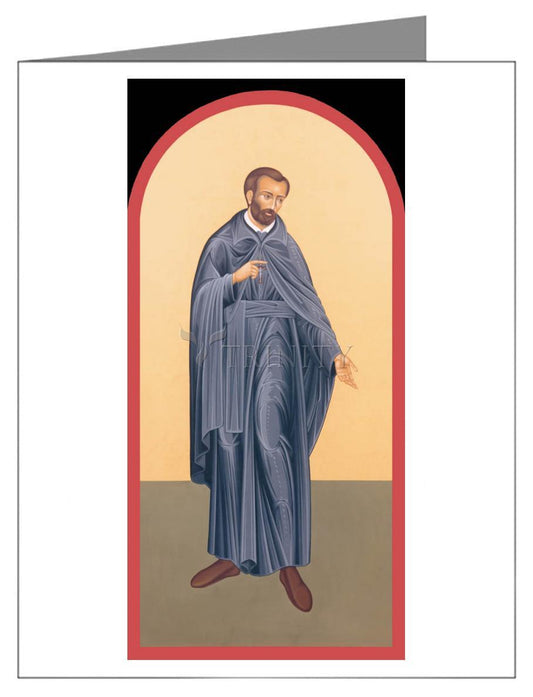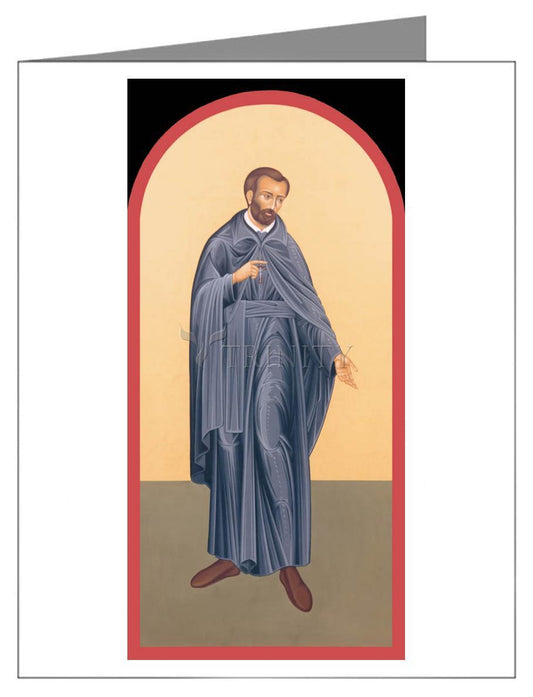Saint Isaac Jogues, (born Jan. 10, 1607, Orléans, France"died Oct. 18, 1646, Ossernenon, near Fort Orange, New Netherland [now Auriesville, N.Y., U.S.]; canonized 1930; feast day October 19), French-born Jesuit missionary who sacrificed his life for the Christianization of North American Indians.
Jogues entered (1624) the Society of Jesus at Rouen, France, was ordained in 1636, and was assigned to Canada. For six years in the Huron lands near Georgian Bay he instructed and aided the Indians. In 1641 he began the Jesuit missions to the Ojibwa tribe at Sault-Ste-Marie. The following year warring Iroquois captured him, his companion René Goupil, and a Huron band near Montreal and brought them to Ossernenon, where Goupil was slain. Jogues was enslaved for 13 months.
Aided by the Dutch of nearby Fort Orange (Albany), he escaped down the Hudson River, becoming the first priest to visit New Amsterdam (now New York City). On Christmas of 1643 he reached France, where he had been presumed dead. In 1645"46 he was sent by the government to Ossernenon to establish peace between the French and the Mohawk Indians. But when he arrived at Ossernenon the Mohawks accused him of witchcraft, murdered him, and placed his head on a pole for public display.
Born: 1607 at Orleans, France
Died: Tomahawked and scalped by an Iriquois chief on 18 October 1646 at Ossernenon in what would become upstate New York, USA
Canonized: June 29, 1930 by Pope Pius XI



